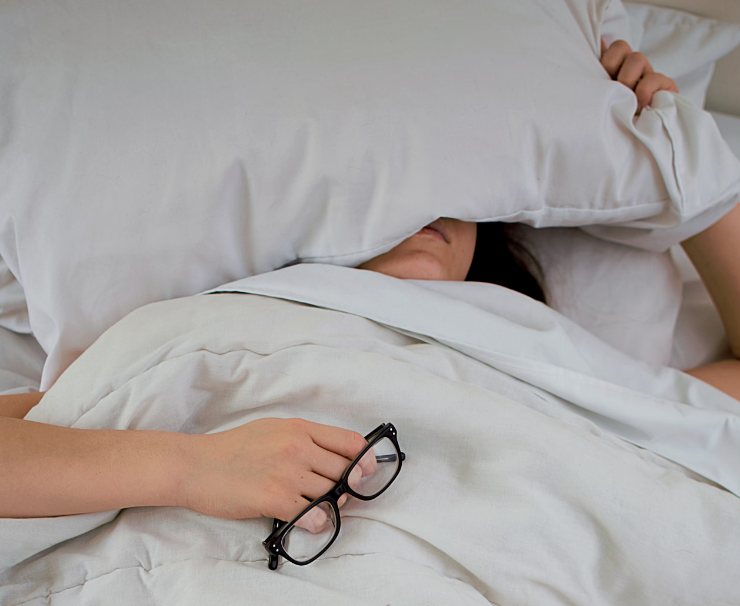Article
Negative Effects of Low Income on Adolescents Moderated by Sleep, Physical Activity
Author(s):
New research indicated that the effects of sleep and physical activity deficiencies in low income youth were found to have an association with maladjustment.
Brian T. Gillis, LMFT

A recent study found that both sleep quality and physical activity may lead to fewer adjustment issues for adolescents in low income backgrounds.
The study’s investigators noted that lower income adolescents have higher rates of reported adjustment issues and—given that they would likely have more control over their sleep and physical activity than their family income—it could be beneficial for the study to help draw the connection.
The study was led by Brian T. Gillis, LMFT, from the Department of Human Development and Family Science at Auburn University.
“Under conditions of high-quality sleep and more physical activity, adolescents with lower income reported fewer adjustment problems,” Gillis and colleagues wrote. “Conversely, youth with both poor sleep and low physical activity were at the highest risk for maladjustment over time. Findings enhance understanding of individual differences in trajectories of mental health associated with bioregulation, health behaviors, and the sociocultural context.”
Background
From 2012 to 2015, the investigators recruited study participants from a diverse set of socioeconomic backgrounds. They used a sample of 252 US young people that were reported to be about 67% White, 33% Black, and 53% female.
They assessed the participants’ sleep parameters and average motor activity, indexing them by both minutes—sleep onset to waking—and sleep efficiency, measured by percentage of minutes scored as sleep from onset to wake. They used the Weekly Physical Activity scale of the Physical Activity Questionnaire for Adolescents to assess their recruits.
The researchers had the participants self-report physical activity and adjustment through the use of the Youth Self-Report with outcomes including internalizing behavior noted as anxious or depressive and behavior involving breaking the rules. They used conditional latent growth models to determine adjustment trajectories for the subjects.
Findings
The study results indicated that rule-breaking activities and internalizing symptoms were found to be more frequent among young people reporting lesser sleep quality and less-frequent physical activity with lower income backgrounds, compared to others.
The investigators found that from age 16 to 18, lower-income young people reported higher rates of symptom increases. Those adolescents with less sleep by 16 reported more internalizing symptoms by 18.
There was not an association found between sleep and income’s interaction with internalizing symptoms. However, the researchers note that the interaction was found to be substantially linked to symptom increases from 16 to 18 in this population.
“Findings provide preliminary evidence that sleep and physical activity might help to curb the development of adjustment problems otherwise associated with low income in adolescence,” they wrote. “By pointing to a supportive role of sleep and physical activity against the growth of adjustment problems in the context of economic disadvantage, this study advances the field's understanding of ways that environment, bioregulation, and health-related behavior interact during adolescent development.”
The study, “Relationship between family income and trajectories of adjustment in adolescence: Sleep and physical activity as moderators,” was published online in the Journal of Adolescence.





